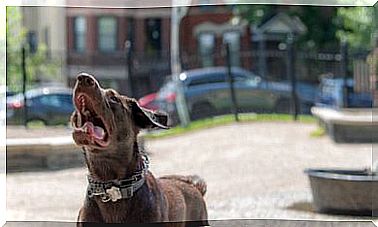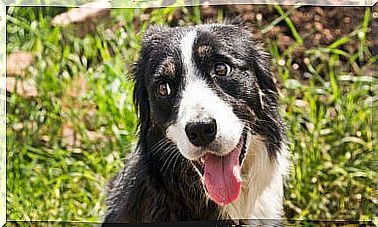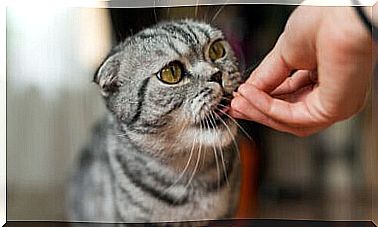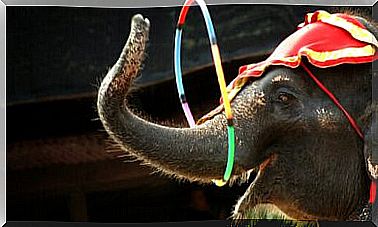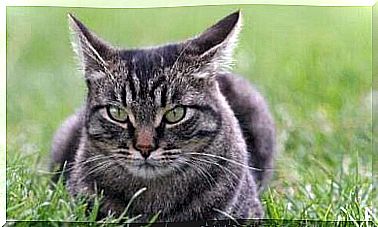Fables About Animals For Children Written By Aesop
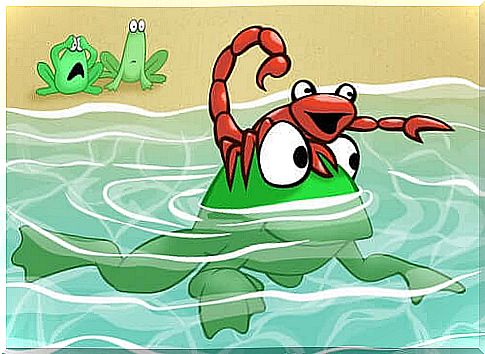
Even today, animal tales are a useful tool for educating children. Surely you have happened to read some Aesop’s fable or have told it to your children.
Aesop’s Fables About Animals
The works of Aesop still have a great weight and are a source of inspiration for many stories or cartoons for children. Aesop was a fabulist from Ancient Greece and most of his works have animals as protagonists.
Although the facts that marked the life of Aesop are not supported by firm evidence, and it is not even sure of the attribution of some works, his legacy is well known throughout the world.
Below we present some of Aesop’s best-known animal fables, useful teachings that, even as adults, we can apply to our lives.
1. The frog and the scorpion
The fable of the frog and the scorpion (image that opens this article) is undoubtedly one of the most famous and well-known animal tales. The story begins with a frog in a river and a scorpion trying to cross the stream. At first the frog is reluctant to help him, as he fears being stung by the scorpion, so the latter promises that he will do nothing; if he stung it, they would both die from drowning.
When they are about to reach the opposite shore, the scorpion stings the frog. This, incredulous, asks him: “How could you do it? We will both die! ”. Then the scorpion replies: “It was impossible for me to avoid it, it is in my nature”.
The moral of this story is don’t fool yourself into believing that another person will behave like us. Some people always act the same way, regardless of the consequences of their actions, simply because they are like that and they won’t change.
2. The lion and the mouse
This fable has a less bitter ending than the previous one. A lion goes hunting and catches a little mouse. The mouse begs him not to eat it and the lion, feeling pity for him, frees him.
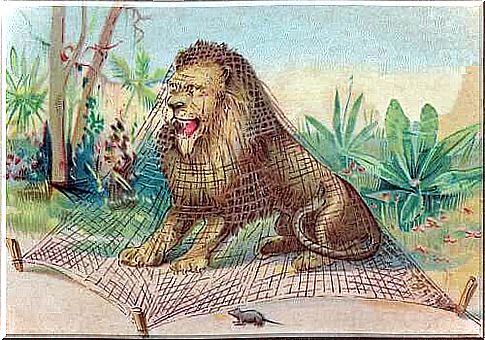
Later, the same lion becomes trapped in a net that had been placed by some hunters and begins to ask for help, fearing for his life. It is then that the mouse appears that he had let loose some time before and that, with his teeth, helps him to escape from the net. The lion, grateful, offers him his friendship.
3. The cicada and the ant
One of the most important animal fables written by Aesop. The cicada was enjoying the summer, not working, singing and resting on the leaves.
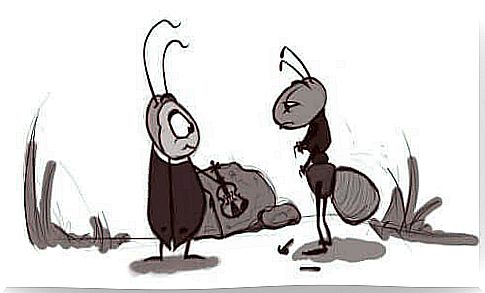
When he was hungry, he asked his neighbor ant for food. The ant was a tireless worker, who never stopped gathering fruits and seeds to have a rich pantry available in winter.
The cicada mocked the ant by telling her that she was not enjoying the summer, therefore that she was not very intelligent. Then winter came, the frosts began and food became scarce.
The cicada could find nothing to eat and turned to the ant, but this time its neighbor could not help it. There was not enough food for both of them and he berated her for her laziness in the past instead of having gathered supplies to be ready for the cold season.
We are sure that you have already heard this story; parents and professors tell it to make us understand that hard work is rewarded, while idleness is punished.
4. Tales about animals: the hare and the tortoise
With a moral similar to that of the fairy tale just seen, in this one the hare and the tortoise have a speed race. The hare knew he was much faster and decided to fall asleep mid-run, while the tortoise was still far away. When he woke up, the tortoise had reached the middle; little by little she had managed to advance until she won the race.

The moral of this story is not to let ourselves be overcome by arrogance, since many times the people we underestimate are able to go further by advancing little by little, but by being constant.
Animal fables contain very important teachings that will serve us throughout our life. The anthropomorphic animals of these fables appear closer to us and help us to impart valid teachings to our children.
